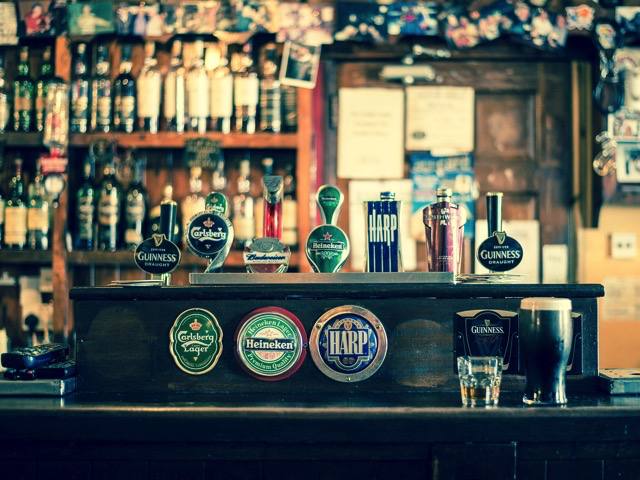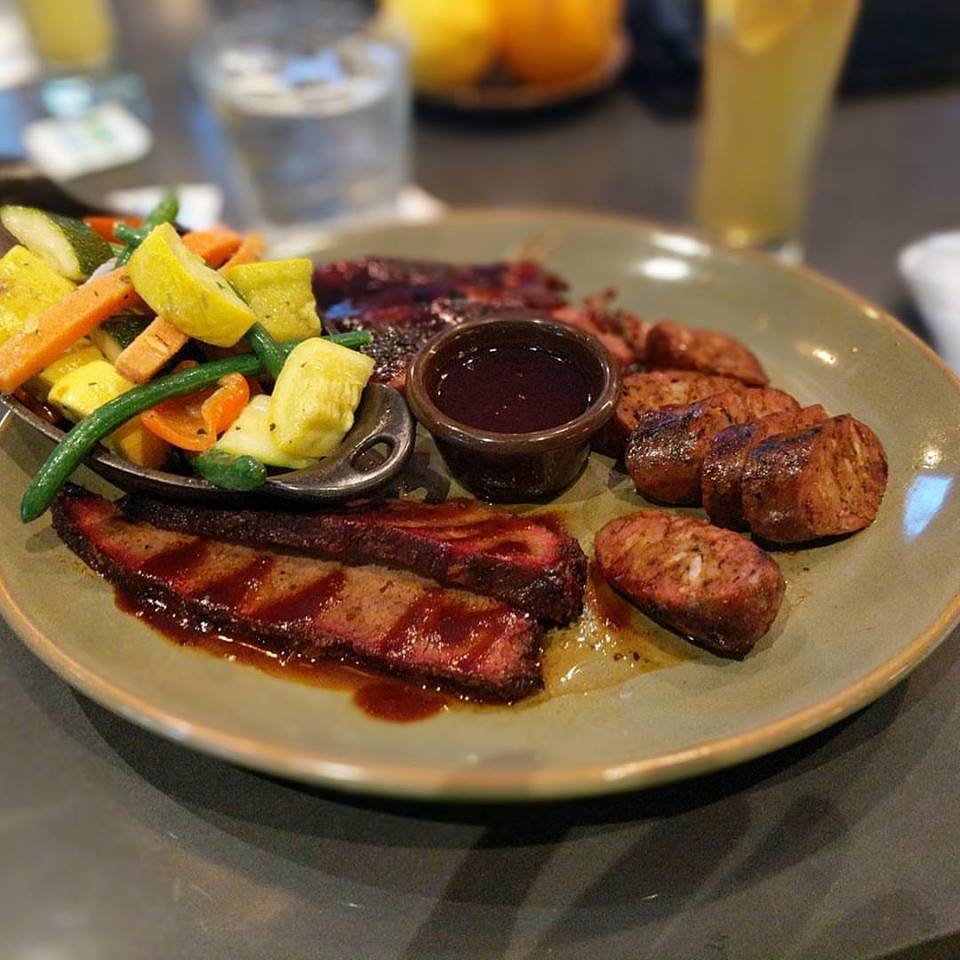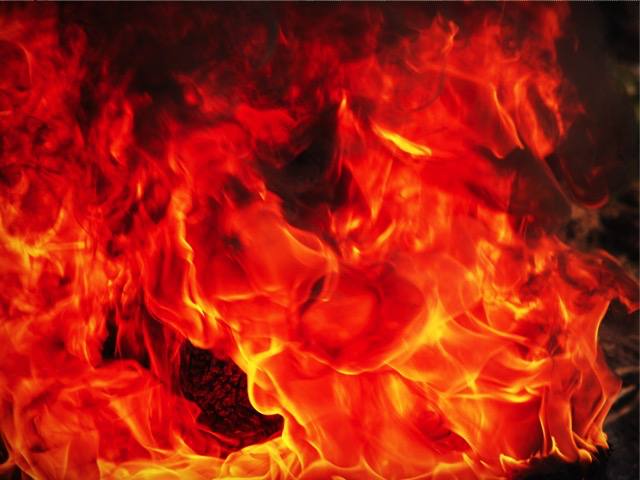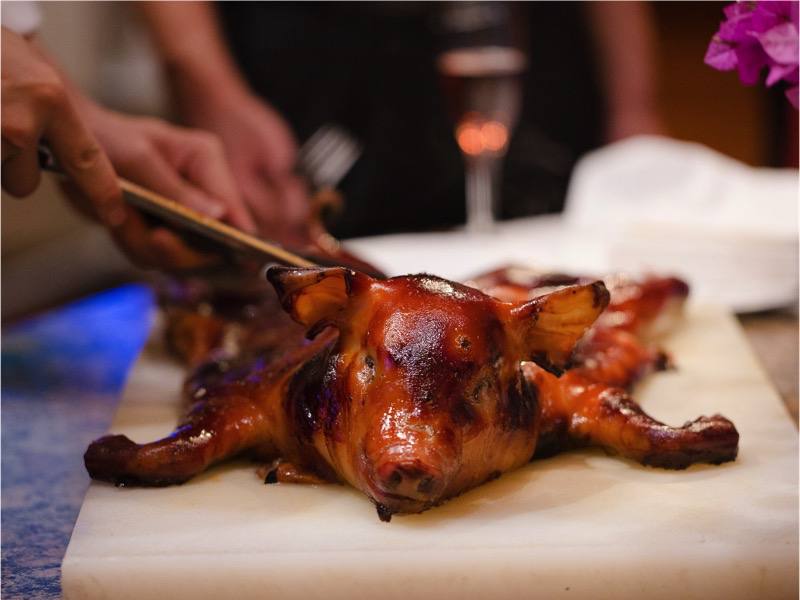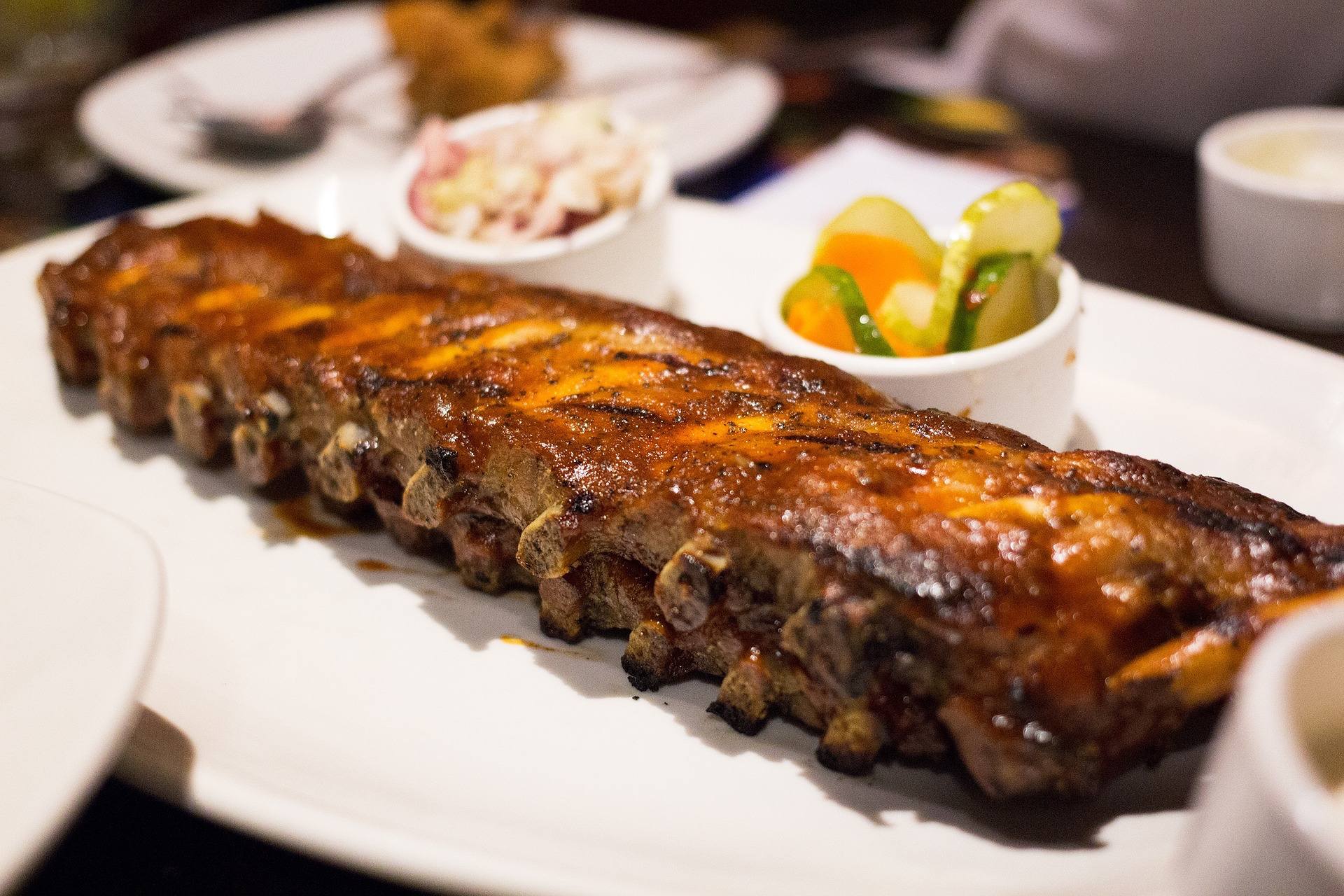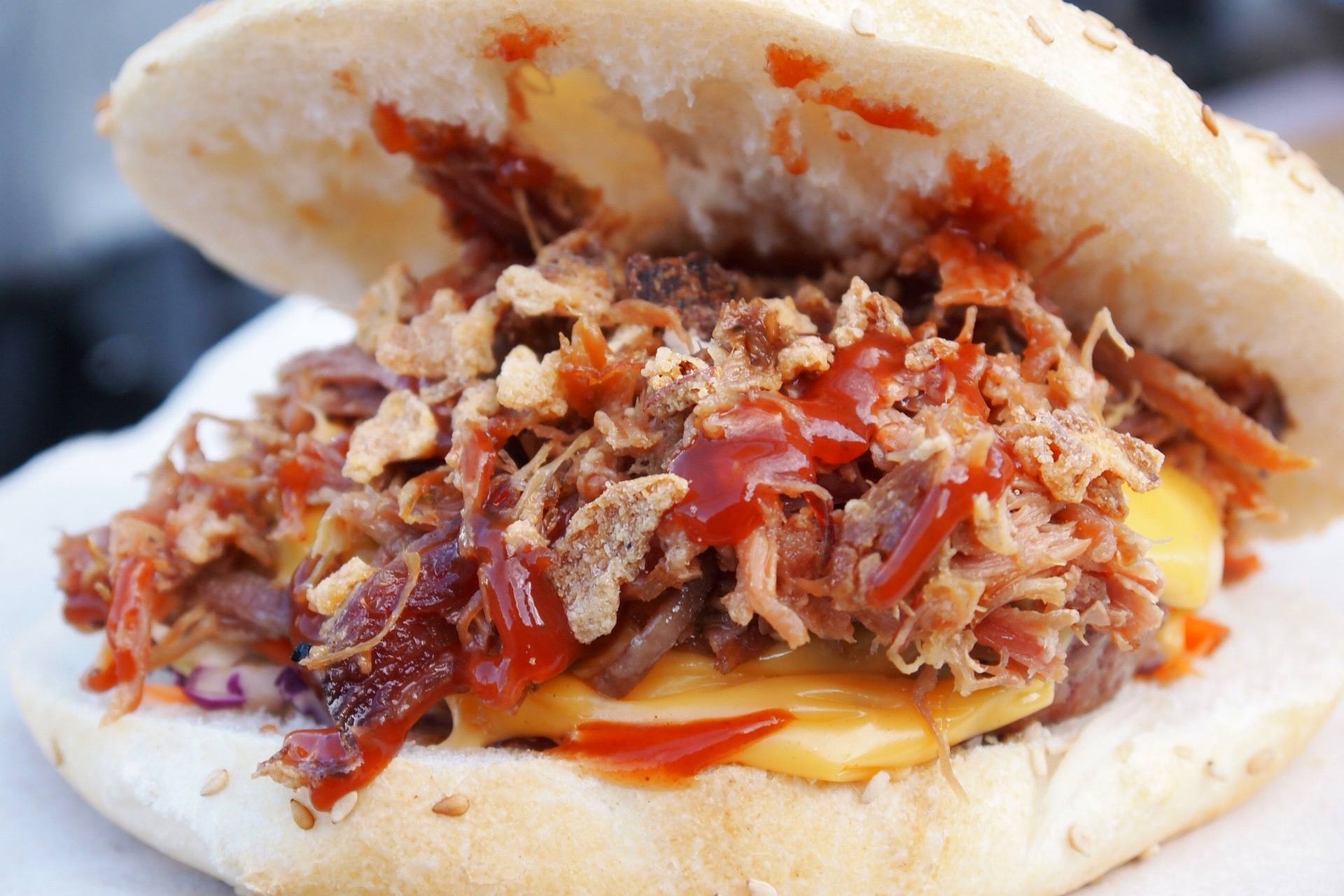Day 20: What is your favorite Beer?
Crack a cold one!
It’s summer time, and what goes better in the heat of the summer when grilling out by a pool than a cold beer? Maybe beer isn’t your thing… that’s ok… it wasn’t always mine either. I’ve always heard that beer is an acquired taste, and in my own research, I have found that to be true as well. If you simply say you don’t like beer, and you haven’t given many different beers a chance, you may be missing out.
I had decided I wasn’t a fan of beer when I was younger, after trying to drink a Bud Light. It wasn’t until I had a wheat beer that I decided for the first time, I like beer. Things have changed since then as I have tried other types of beers, and I have come full circle. Bud Light is still not my favorite light beer, but if it is the only beer available I’ll drink it. Here are some different types of beers, and my experience with them:
Light Beers and Domestics:
Domestics are your general daily drinker beers. They are typically lightly colored and have a crisp taste that is not heavy on the stomach, and have a hint of barley, malt, hops etc. (Budweiser, Coors Banquet, Miller Genuine Draft, etc.) Light beers are the domestic beer’s low calorie counter part. They typically have the same palate as the domestic beer they are a counter part too, however I am a fan of Budweiser more so than Bud Light because I believe it tastes better. My favorite Light beer is probably Miller Lite, and then second is Coors Light.
Wheat Beers:
My first favorite beer is Blue Moon. Blue Moon is a wheat beer. Wheat beers are typically light in color, sweeter in taste, and pair well with oranges or lemons. Many actually are made with some sort of fruit as the basis of their aroma and taste. I have had a few blueberry wheat beers in my day. It’s like drinking a bowl of Fruity Pebbles. Most wheat beers don’t have a harsh bitter after taste. As a beginner of beer drinking, I have found the after taste to be pleasant compared to other beers I have had before. Some wheat beers have a clove taste and aroma to them. These are not my favorite, but I do enjoy them from time to time.
Pale Ales, IPAs
Pale Ales and IPAs or India Pale Ales are among my least favorite beers. Most that I have had are light to amber in color, and have a very distinct hops flavor to them. The taste of hops in a beer starts out with a nice grassy, earthy taste, but abruptly finish with a bitter after taste. Many people love it. I am not a fan. I do like the beginning crisp grassy taste. Sam Adams has what they call an IPL or India Pale Lager. I am a fan. It has the grassy crisp upfront taste that reminds me of spring time, followed by a clean lager finish that isn’t super bitter.
Porters, Stouts, Dunkels:
Most of the beers I spoke about above are preferred during Spring and Summer. Porters, stouts, and dunkels are more for fall and winter. They are darker, and tend to be heavier on the stomach. Porters, stouts, and dunkels generally have more of a malted taste. They generally seem to have more body to them, and can be slightly sweet. Often times porters and stouts may be blended with choclate or coffee. My usual go to dark beers are 1554, Warsteiner Dunkel, or a good coffee stout like Gotta Get Up To Get Down from Wiseacre Brewing Co. in Memphis, TN
This list is in no way complete for the many types of beer there are, but I wanted to share some of my favorites, and least favorites. Let us know what beer you like to crack open when you fire up the BBQ.
Before I go, here’s an accidentally discovered awesome marinade recipe:
Take a light beer and mix it with our Sauce Beautiful in a 1 to 1 ratio. Makes an awesome splash/mop marinade. You can also heat it up and melt a little butter in it.

